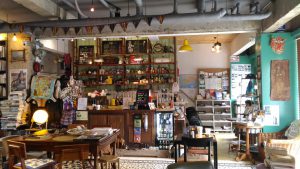
Pedro has seen one fifth of the world. We meet him standing outside his cozy Voyager’s Cafe in Gwangju, South Korea in his signature beret. He is a tall, lanky man with retro spectacles and a dreamy smile. We had booked Pedro’s house for the night based on its Lonely Planet recommendation. Once we land in Gwangju, we stop for dinner at Ashley’s, a Korean-American buffet diner. Soon my phone rang. Pedro was checking up on us wondering if he could help us find our way to his place.
When we meet him, he shows us to our room which is in one of the many lanes behind the cafe. Pedro’s House now has eleven guestrooms for travellers with three staff members on duty but when he began around four years back he worked alone and there were only three rooms to let out. Our room at Pedro’s has a wall lined with English and Korean books, maps on the wall and a globe light. It is a little cramped for the three of us but it has the feel of bunking at a friend’s place. All our needs are met, it’s clean and it feels personal. We couldn’t asked for more. However, Pedro’s journey does not begin here.
As a young man, his first venture in tourism was a travel club called Lonely Korea. He gave tours to travellers passing through the beautiful port city of Gwangju. Growing up here, he had had the chance to memorise the nooks and crannies of this town where stories slept. Beyond the 18 May Uprising of 1980 where a peaceful protest was gunned down by the military government, the city holds many secrets that Pedro is privy to. He takes his customers to local events where he is a familiar face. It’s a two way street according to Pedro. Not only does it let foreigners immerse themselves in Gwangju’s culture but it also gives the locals an opportunity to mingle with people from unfamiliar nations. While it’s true that big-city-bustle of Seoul or the volcanic island of Jeju claim to be South Korea’s biggest tourist attraction, Pedro believes that Gwangju has the best cuisine, countless hidden treasures and exciting short getaways to explore. And he is on a mission to popularise his city.
In the morning, we go down to the cafe for breakfast. And what we walk into is literally the world in a room. Voyager’s Cafe is bursting with trinkets from far corners of the world. The space is put together eclectically with mismatched pieces of furniture. On the couch a couple of foreigners in many stages of wakefulness are attempting a conversation with Pedro’s intern who is serving coffee. To the right, behind the bar, Pedro in his beret is busy making breakfast. Breakfast is simple–bread, fruit, an Indian-inspired curry with assorted vegetables and coffee. What blows our mind is the paraphernalia, on the walls and in intentionally chaotic piles around the room. Currencies from different countries hang by the entrance. Beer from the world over line the bar. Football scarves, jerseys, flags, colourful masks, Buddhist drawings, a thin wooden sculpture of a naked woman, mugs, souvenirs, travel books and much much more make up this space.
As we eat our breakfast, Pedro brings us his giant visitor’s book. He wants us to write in his visitor’s book in our local language by which he means Hindi. He demonstrates that he knows how to say thank you in Hindi and we smile back politely. What he doesn’t realise is that the last time any of us wrote in Hindi was in school, a good 15 years back. Also, between the three of us we have as many local languages. Semantics aside, we write down a basic Hindi comment with much difficulty and then witty ones in our own languages.
Pedro was in India a couple of years back and had stayed for six months. His trip had covered Pune, Bangalore, Trivandrum, Mumbai, Leh and Delhi. Last year, his travels took him to Portugal, Spain and Turkey. He travels for a month every year using returns from his enterprises — the guesthouse and the travel-themed cafe that he manages while not moonlighting as a tour guide. Next up on his itinerary is Cuba, Mexico and New York City. While travelling, he is consciously making mental notes on how tourists behave and what they expect. He pays close attention to how hotels, hostels, motels, BnBs and other accommodations cater to their customers. He puts some of those practices to use back home.
‘Most Koreans study, find a job, marry and have kids. They don’t often have a chance to travel. Such people can come to my cafe, get together with travellers and experience the world in this room’, says 38-year-old Pedro. Ask him about his future plans and he says he would one day like to pen a book on his travel experiences. Perhaps it will be called Pedro’s House in the World.
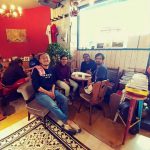
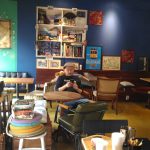

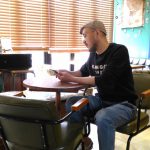
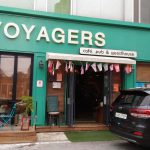
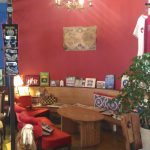
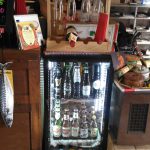

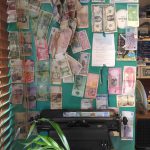
One thought on “Pedro’s House In The World”
Comments are closed.